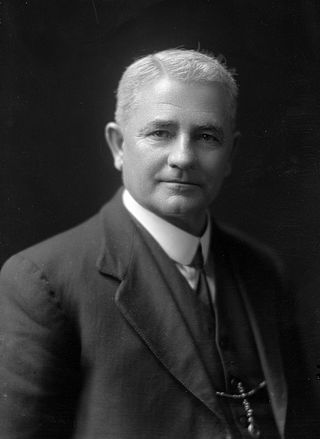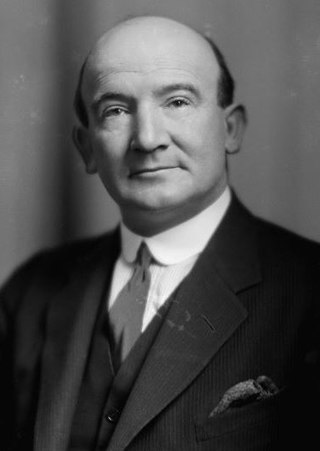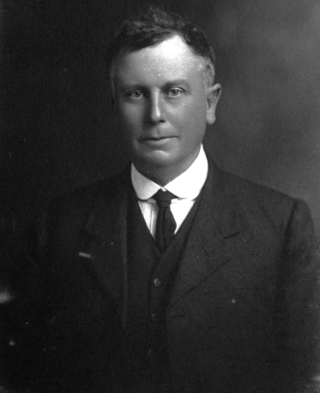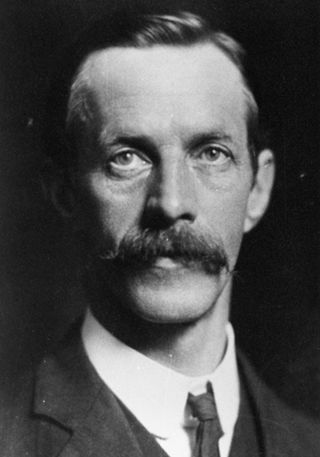History


The party was founded by members of the 'Clarionettes', a group of about 190 English Socialist immigrants recruited through William Ranstead's weekly publication. The original goal was to establish a socialist colony, though the colony was never organised. The Wellington branch of the party was founded on 28 July 1901, and the Christchurch branch in January 1902. The initial members were followers of Robert Blatchford's works. [1]
Some of the most prominent leaders of the party were English-born Frederick Cooke [2] and Ted Howard. Visitors from England were Tom Mann in 1902 and 1908 and Ben Tillett in 1907. Robert Rivers La Monte from America was (briefly) an organiser for the party: he was a member of the "Wobblies": the IWW Industrial Workers of the World. [3]
By 1903, Robert Hogg was publishing a party journal called the Commonweal in Wellington. The party was not prolifically active and stood no candidates at the 1902 election. The party received new vigor with the entry of several radical unionists from Australia including Paddy Webb, Bob Semple, Michael Joseph Savage and Harry Holland. [1]
Others of the Australian cohort, while less radical and active in attempts to enter the political sphere, were still invested in significant social change; Thomas Eagle, who was a carpenter by trade, was an example of those members who stood as representational of the local and regional labouring workforce, and championed issues for such groups accordingly, such as the open accessibility of education and resources to all people. Amongst early issues raised by Eagle that he brought to New Zealand was his campaign for public libraries to be open on Sundays, assumedly so that blue-collar workers (who then worked 6 days a week before the implementation of the 8-8-8 workdays model) would be able to access books and media collections on their single day off. [4]
By 1908 the party was tested by the Blackball miners strike and membership had increased to 3,000 by April of that year. Also that year the Socialist Party held its first national conference in Wellington. [1] Many of the early leaders were from the UK and Australia, where radical ideologies were not uncommon among political parties, but were seen as "out of touch" in New Zealand, where more moderate platforms were the norm. As such the party failed to gain much traction. [5]
A different group, the Socialist Party of New Zealand, was founded in 1930 and became the World Socialist Party (New Zealand).













